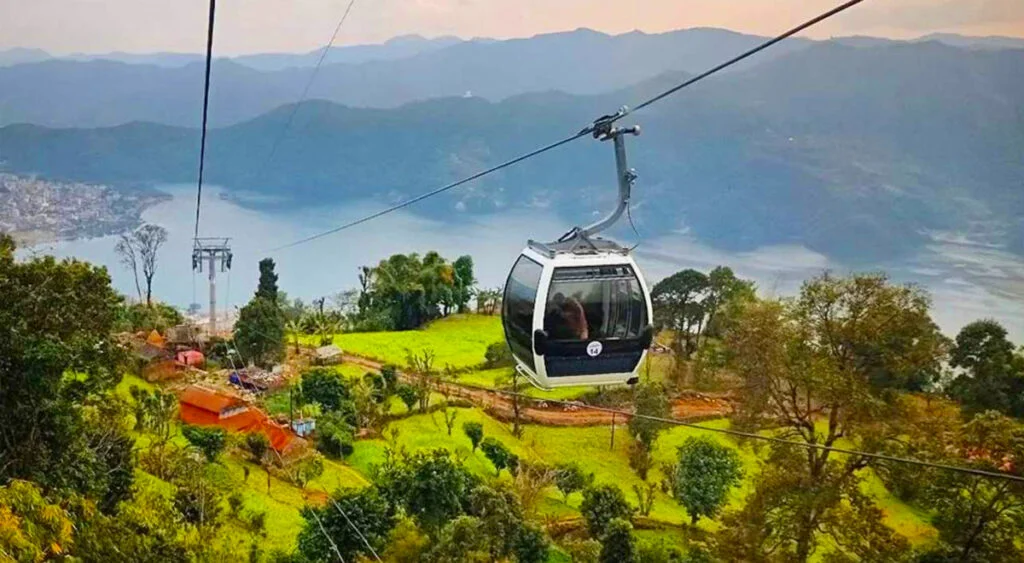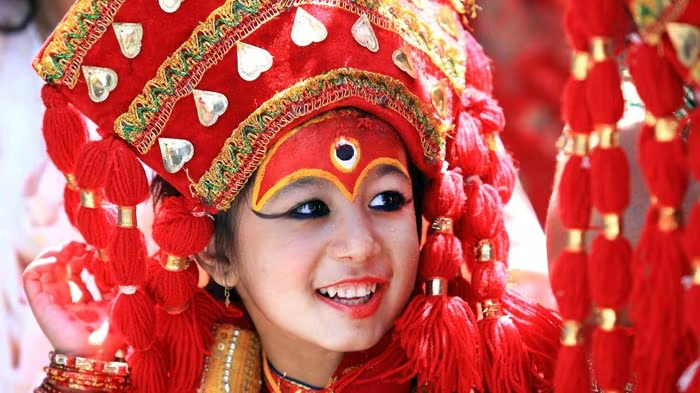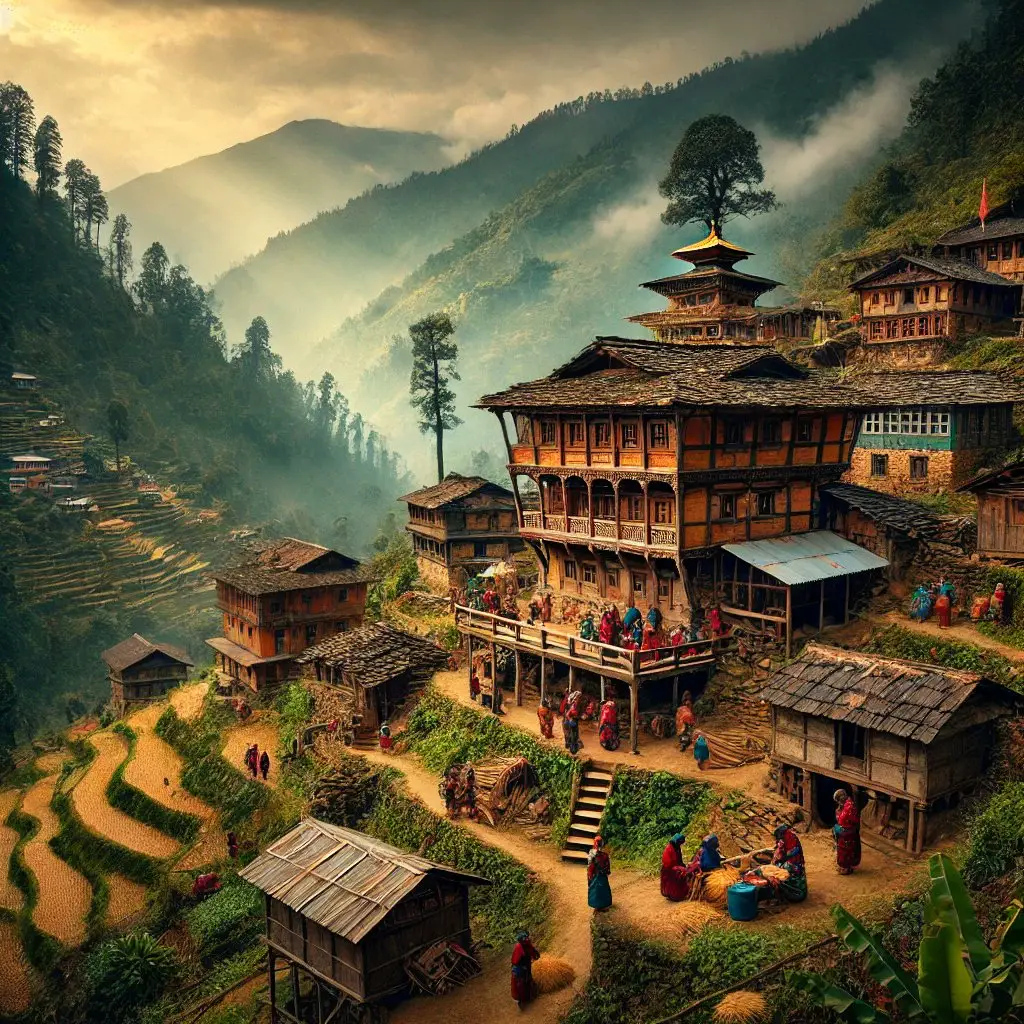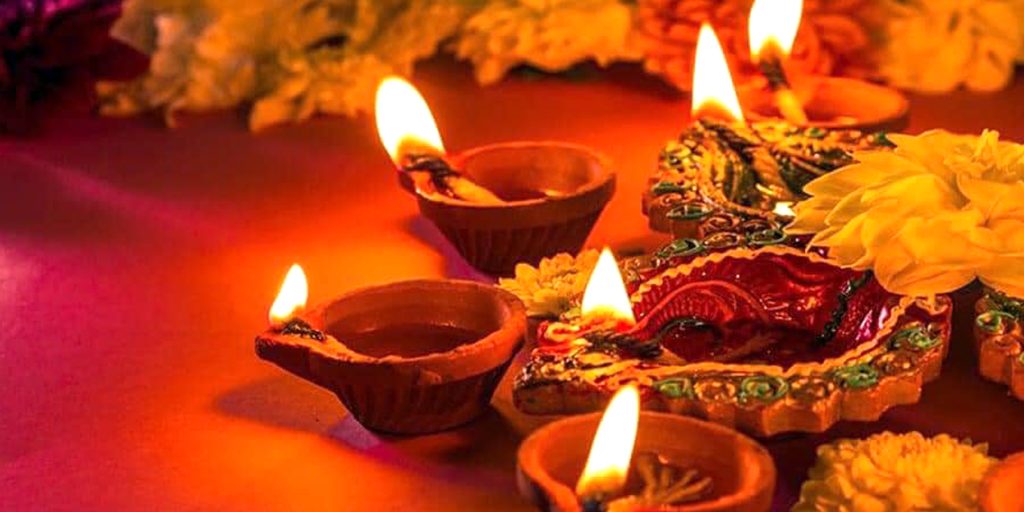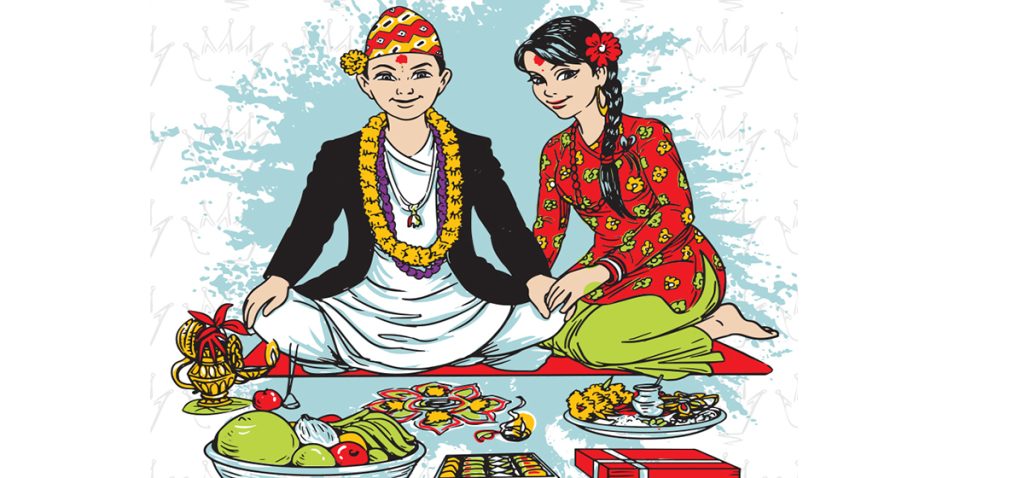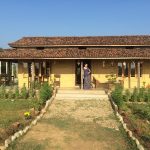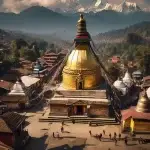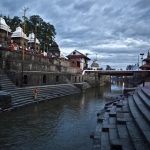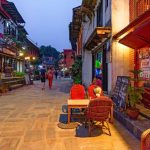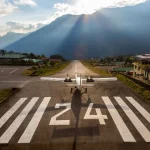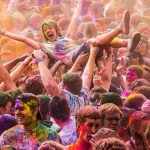Now Reading: A Journey to Manakamana Temple: Nepal’s Temple of Wishes and the Iconic Cable Car Ride
-
01
A Journey to Manakamana Temple: Nepal’s Temple of Wishes and the Iconic Cable Car Ride
A Journey to Manakamana Temple: Nepal’s Temple of Wishes and the Iconic Cable Car Ride
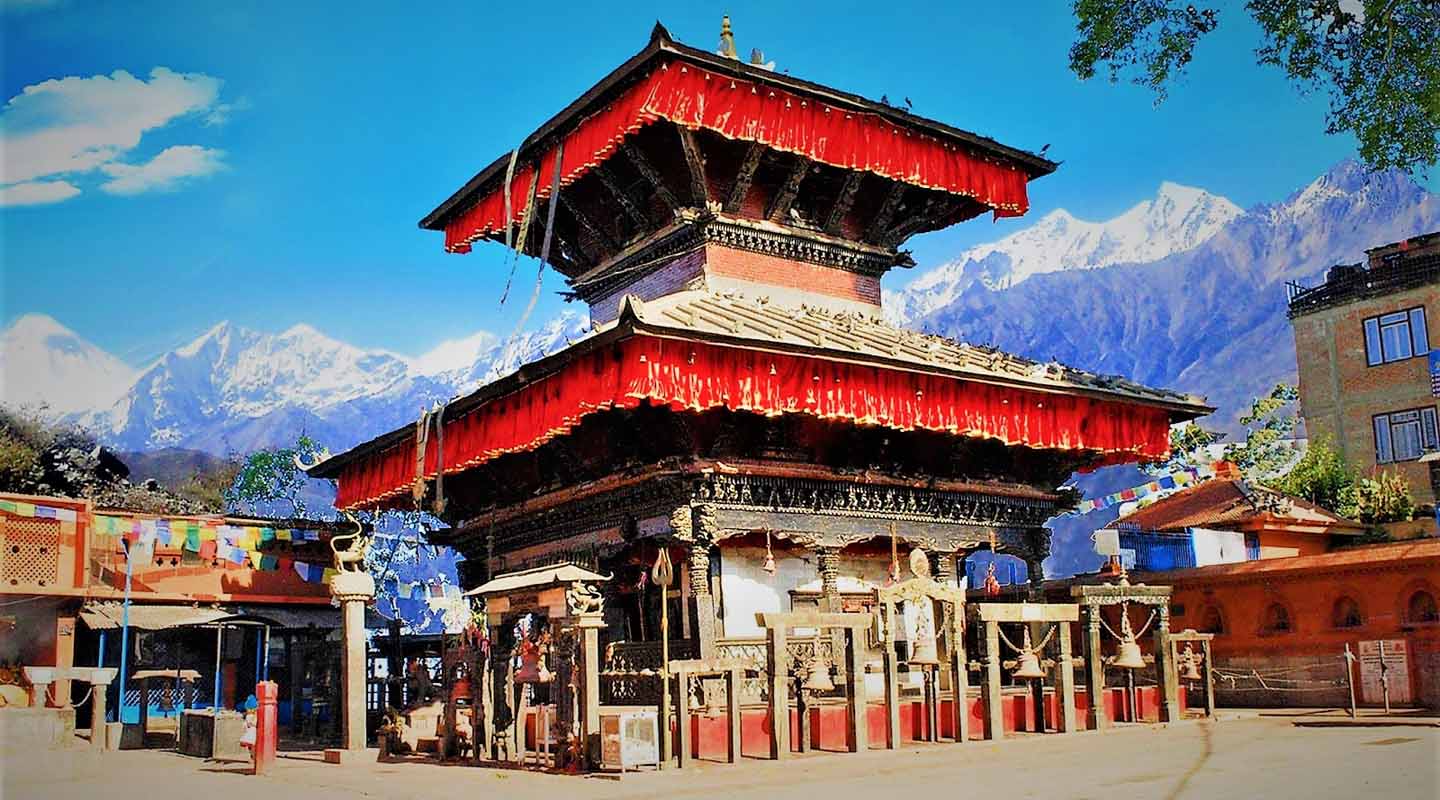
Just a few hours west of Kathmandu, nestled among the lush hills of central Nepal, lies an experience that blends culture, spirituality, and adventure all in one day. A visit to Manakamana Temple is more than just a religious pilgrimage; it is a captivating journey that lifts you from the noise of city life into the tranquillity of Nepal’s sacred hills.
What makes this destination so unique is not only the spiritual reverence tied to the temple but the ride that gets you there: the Manakamana Cable Car, Nepal’s first and most iconic cable car, which takes you soaring high above rivers, forests, and villages to reach the mountaintop shrine.
Leaving the City Behind
The day typically begins early in Kathmandu. As the city slowly stirs to life, travellers set off westward along the Prithvi Highway, heading toward the riverside town of Kurintar. The drive, which can take around three to four hours depending on traffic, offers a changing landscape from bustling city streets to quiet rural scenes. Along the way, the roadside comes alive with farmers tending rice terraces, children in crisp uniforms walking to school, and women carrying baskets of greens to nearby markets.
This stretch of the journey is more than just transport. It is a subtle cultural immersion, giving travellers a glimpse into daily life in Nepal’s mid-hills. Whether you are watching the sun rise above the Trishuli River or stopping for a cup of local milk tea at a roadside stall, the spirit of the place starts to sink in long before you arrive at your destination.
Kurintar: Gateway to the Goddess
Kurintar marks the base of the Manakamana Cable Car. Here, pilgrims, tourists, and locals mingle in a flurry of devotion and excitement. Vendors line the entryway, selling everything from flower garlands and incense to fresh coconuts and bright red tika powder, items meant to be offered to the goddess at the top.
It is not hard to strike up a conversation with locals here. Whether it is a family on their annual pilgrimage or an elderly woman making her first visit to the temple, stories abound. Many believe that if you visit Manakamana with a sincere heart, your wishes will be granted. It is not uncommon to hear of return visits made in gratitude once a heartfelt desire has come true.
The Ride of a Lifetime
Once aboard the cable car, the real adventure begins. The ride spans 2.8 kilometres and climbs over 1,000 meters in just ten minutes, carrying you above a sea of green—thick forests, terraced hillsides, and winding rivers below. The cabins, each fitting six people, float silently through the air, offering breathtaking views of the Himalayan foothills and, on a clear day, glimpses of snow-capped peaks like Annapurna and Manaslu in the distance.
There is a hushed awe that settles over most passengers during the ascent. Some travellers sit quietly, soaking in the scenery, while others strike up soft conversations about the legend of Manakamana or the emotions they feel as they rise toward the temple.
Manakamana Temple: Where Wishes Take Flight
Once you reach the top, it is a short uphill walk to the temple itself. Manakamana, which means “heart’s desire” in Nepali, is dedicated to the Hindu goddess Bhagwati, believed to fulfil the wishes of her devotees. The temple, built in traditional pagoda style, is both spiritually and architecturally striking.
Inside the temple grounds, the air is thick with incense, and the sound of bells and prayers echoes through the courtyard. Offerings are made with care, flowers, sweets, red cloth, and coconuts presented with reverence. The temple priests perform rituals for those who request them, and many visitors simply sit quietly, absorbing the energy of the space.
While photography is restricted inside, the surrounding area provides beautiful views and photo opportunities. The hilltop is serene, with vendors selling snacks, handmade souvenirs, and religious items. If you take the time to talk to the people here, you will hear incredible stories of faith, family traditions, and the temple’s role in their lives.
Flavours and Views
After the temple visit, most travellers stop for lunch at one of the nearby hillside restaurants. These simple establishments offer traditional Nepali fare such as dal bhat (rice and lentil soup), vegetable curries, and steamed momos (dumplings). Many eateries feature open terraces with panoramic views of the valley below, making it the perfect place to relax, reflect, and digest both your food and your experiences.
Sharing a table with locals or other pilgrims often leads to spontaneous conversations. Even if you do not speak the language fluently, a few kind words or gestures go a long way. In these quiet moments, as you sip sweet tea and take in the views, the cultural connection deepens.
Returning with More Than Memories
The return journey via the cable car is just as magical, offering a final aerial view of the lush landscapes below. As the cabin descends, many travellers feel a sense of fulfilment; not just from the spiritual visit, but from the day’s rich blend of culture, adventure, and human connection.
The drive back to Kathmandu allows time to rest or reflect. You will likely return tired but content, with a camera full of photos and a heart full of impressions that are hard to capture in words.
More Than a Day Trip
While Manakamana can be seen in a day, the memories it creates last much longer. It is not just about ticking off a landmark or riding a cable car. It is about the layered experience, driving through Nepal’s heartland, observing local life, hearing ancient legends, and witnessing the power of quiet devotion.
For travellers seeking more than sightseeing, for those who crave cultural immersion, a touch of thrill, and a taste of something sacred, this journey to Manakamana Mandir is one you will not forget.


